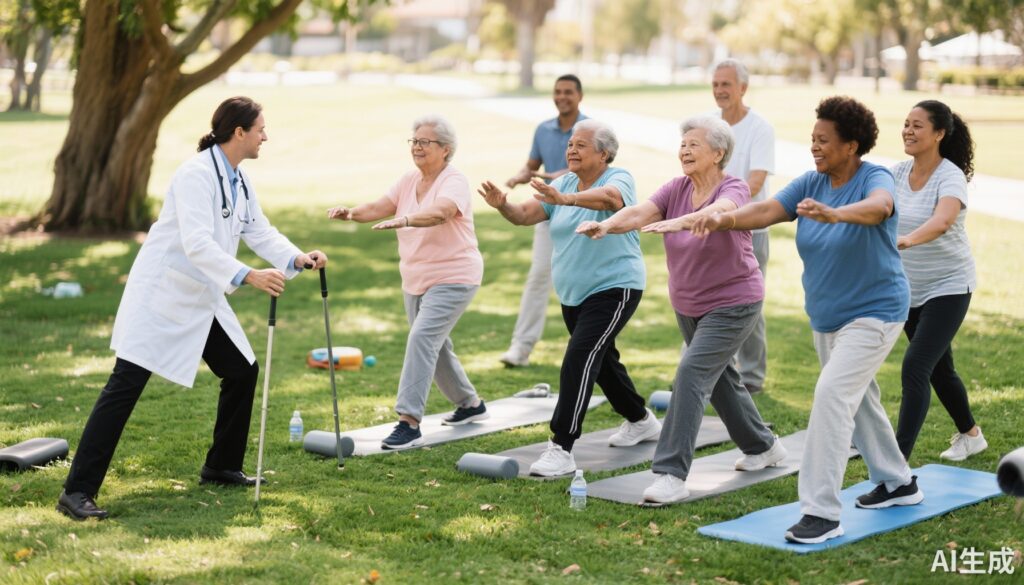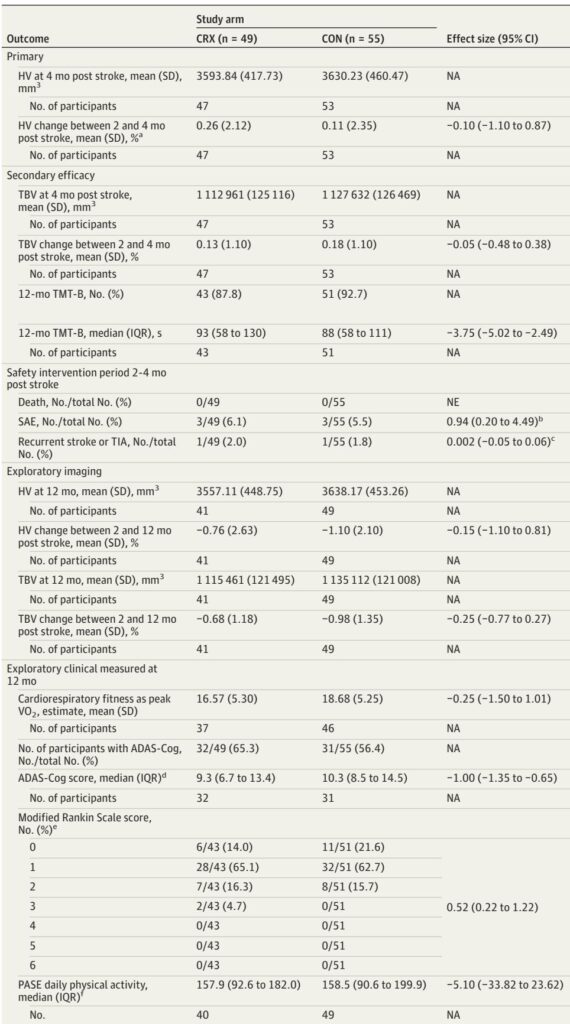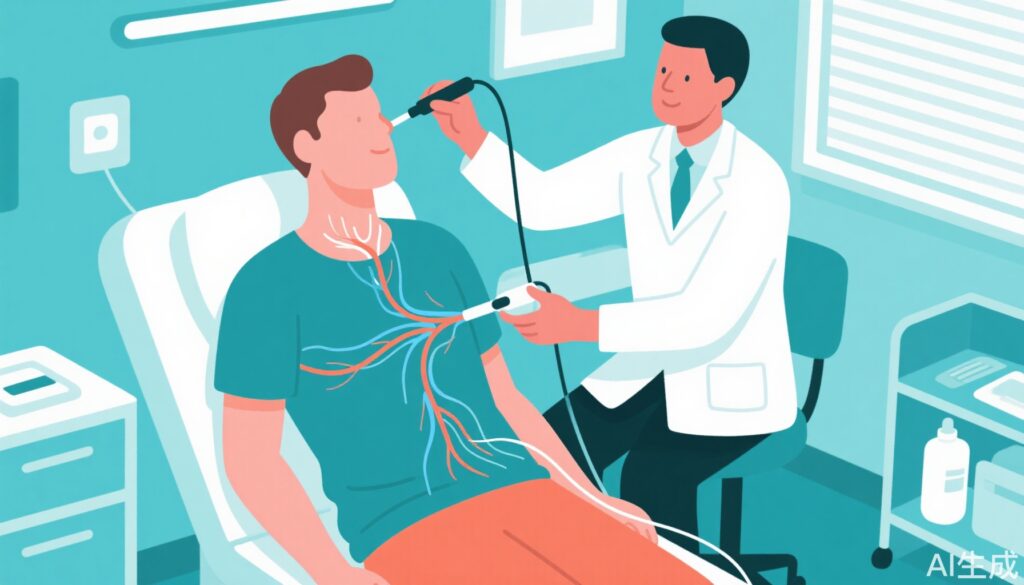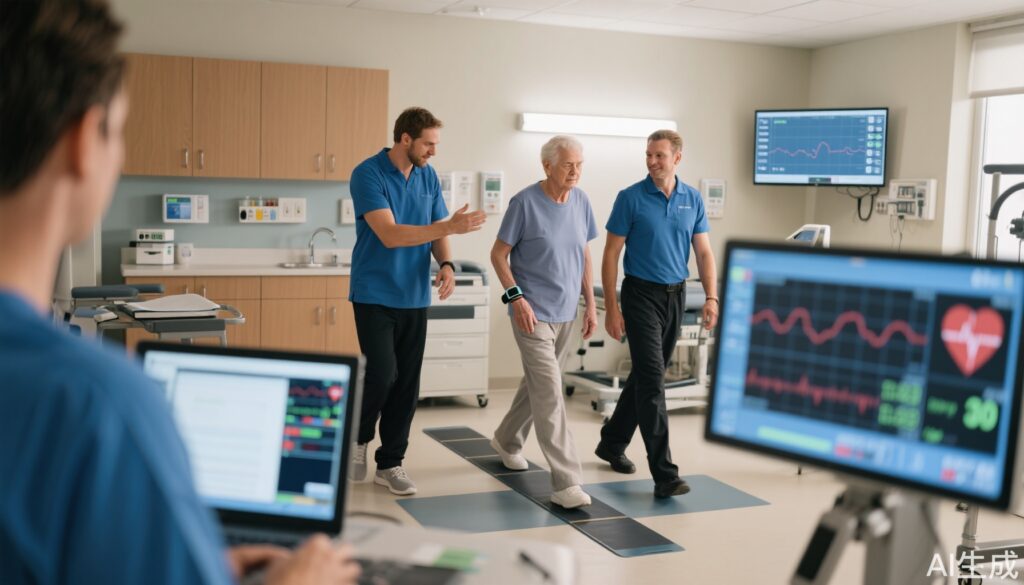Structured Walking Protocol Boosts Post-Stroke Recovery: Insights from the Walk ‘n Watch Trial
The Walk 'n Watch trial shows that a structured, progressive walking protocol significantly improves endurance in subacute stroke patients, providing a 43.6-meter advantage over usual care without increasing serious adverse events.










